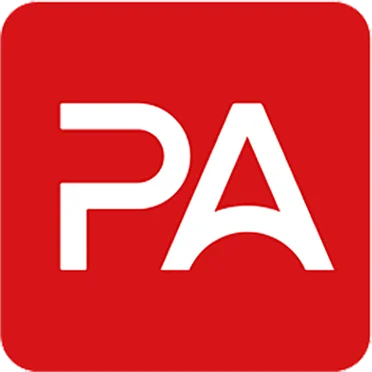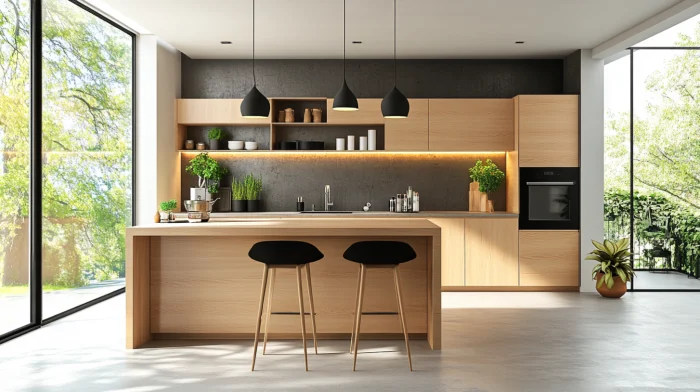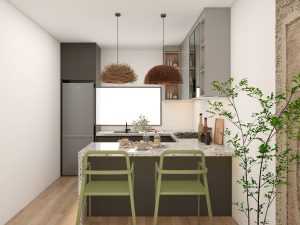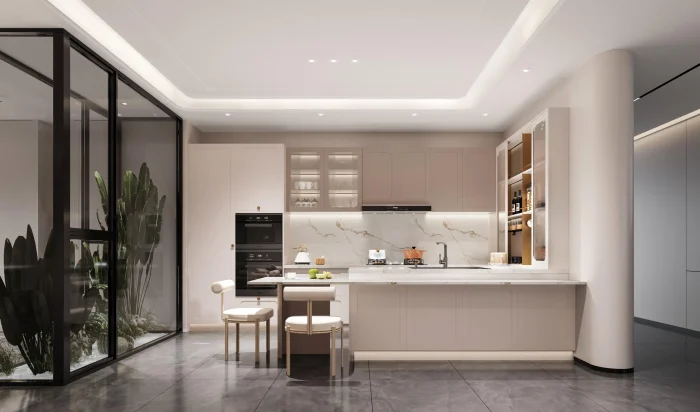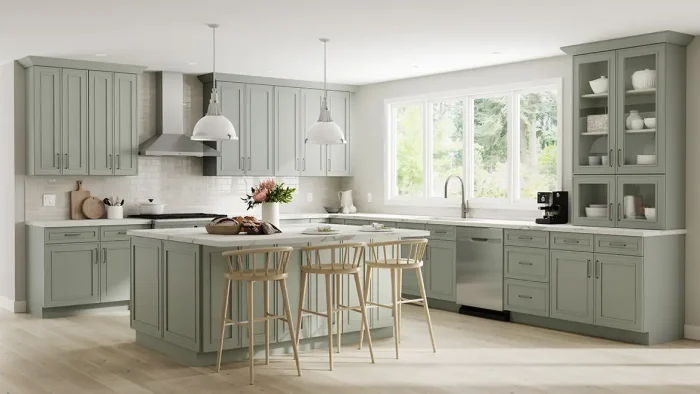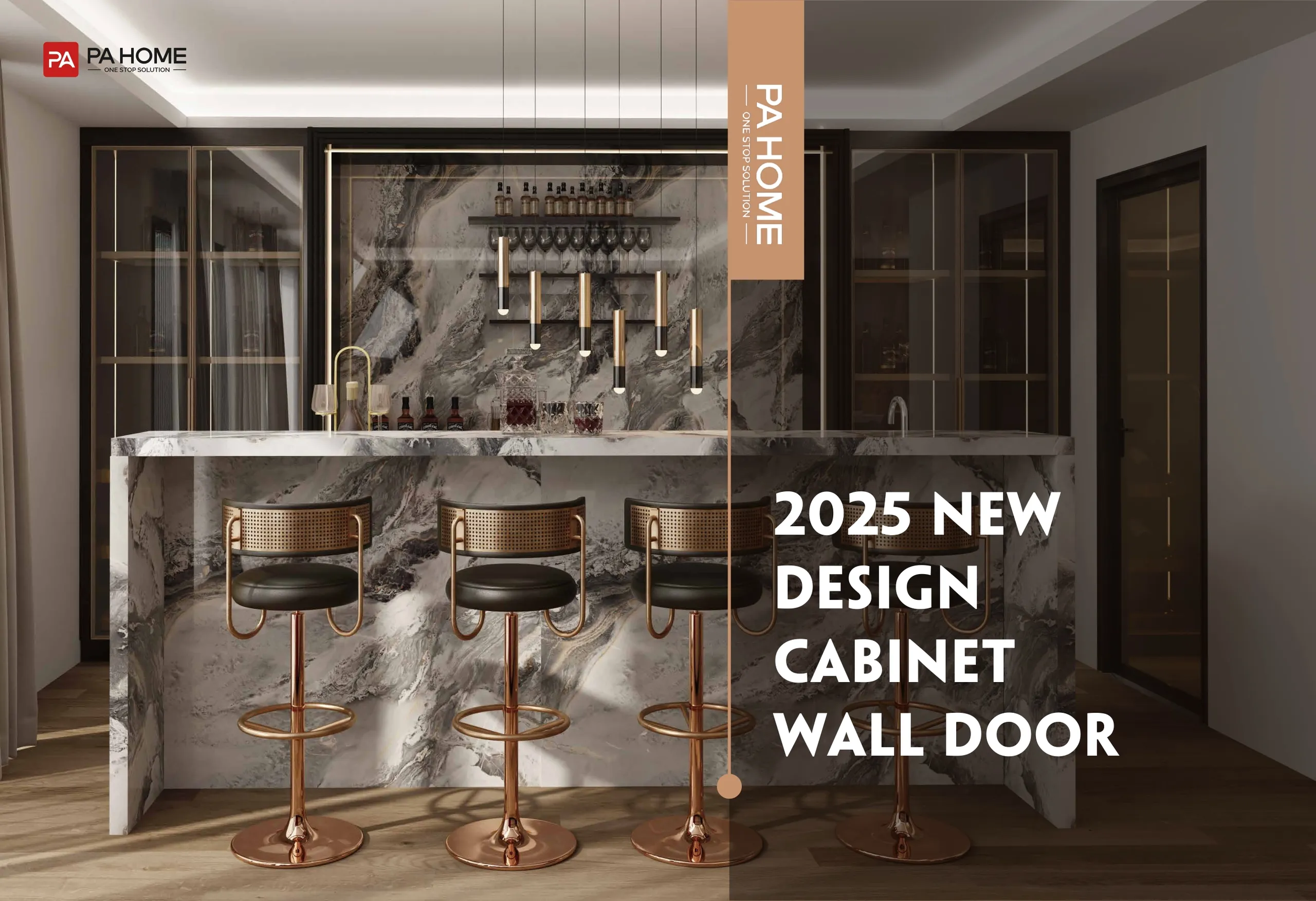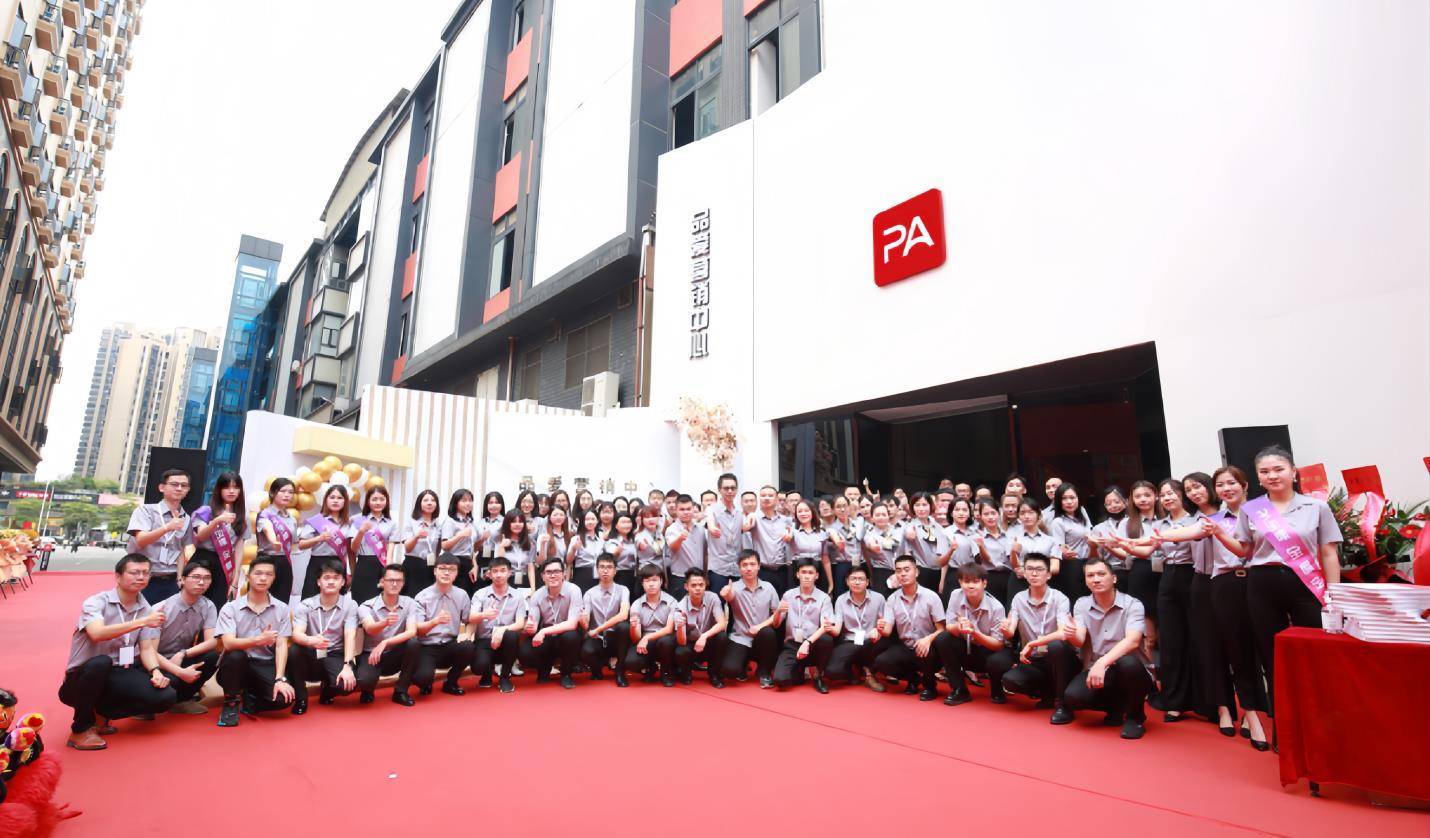Most cabinet failures start inside the box—warped panels, swollen edges, loose hinges. The substrate carries the weight; the finish shields it from heat, steam, and spills. According to the 2024 NKBA Design Trends study, 56 percent of designers say “material quality” outranks color or hardware when clients judge a kitchen’s age.If you want cabinets that still glide smoothly after a decade, start with the right core.
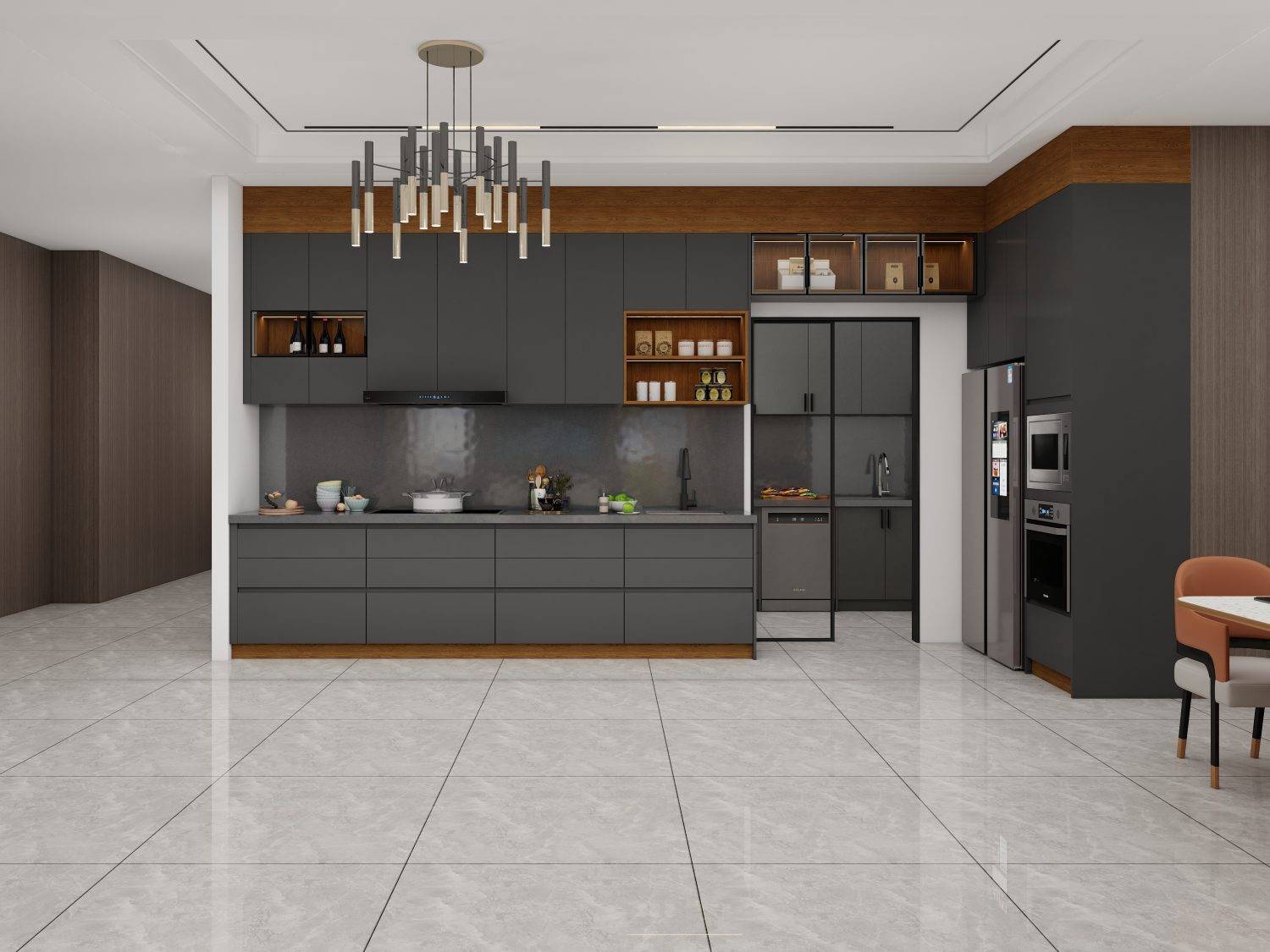
Is Solid Wood Still the Gold Standard for Cabinets?
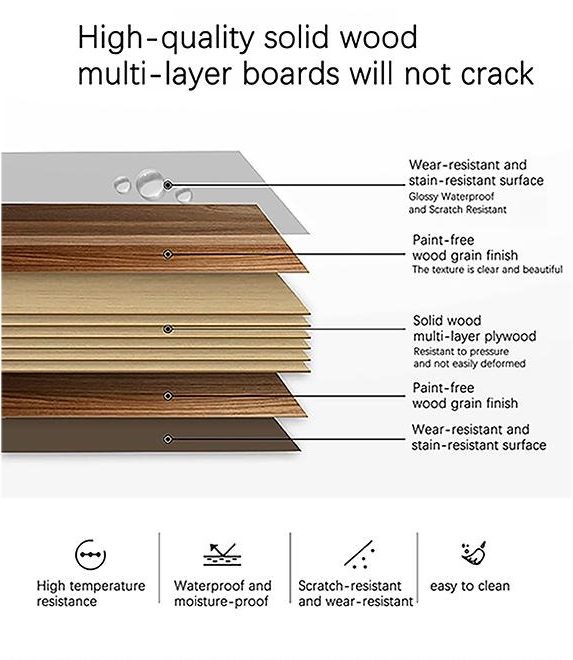
Solid wood remains a classic choice for kitchen cabinets, but is it the best choice in every situation? Wood brings a natural warmth and texture that no other material can replicate. It’s perfect for traditional and farmhouse-style kitchens, where rich grain patterns and a timeless appeal are paramount. However, real wood does come with its drawbacks. Solid wood expands and contracts in response to changes in humidity, which can lead to warping or cracking over time. So, while it may be ideal for dry climates like Arizona, in more humid areas, you’ll need to ensure proper sealing and care to prevent deterioration. Also, the cost is a factor—expect to pay 20-30% more for solid wood cabinets compared to engineered materials like plywood.
Does Plywood Give the Best Strength-to-Cost Ratio?
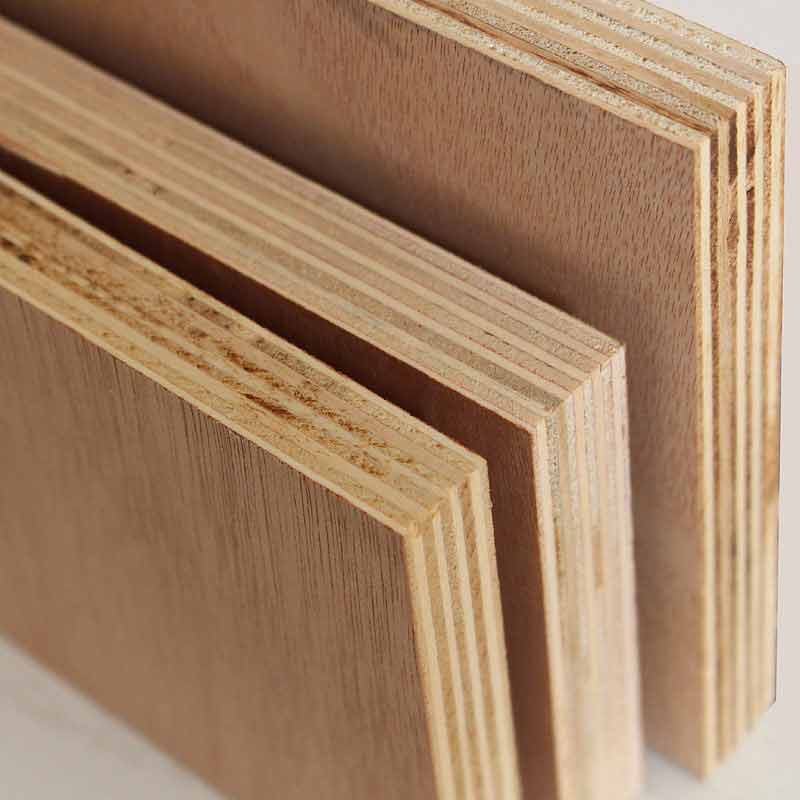
If you’re looking for a cabinet material that strikes the perfect balance between cost and durability, plywood is your go-to. Unlike particleboard, which can collapse under heavy weight or moisture, plywood is made by layering thin sheets of wood in different directions, making it stronger and more stable. It’s the material of choice for many high-quality cabinets, offering a much more durable and long-lasting solution than cheaper alternatives. For example, in 2024, 47% of U.S. homeowners chose plywood for their cabinet boxes due to its strength and moisture resistance. Whether you’re dealing with the constant opening and closing of cabinets or heavy items stored inside, plywood holds up without warping or cracking.
Can MDF or HDF Handle Daily Kitchen Abuse?
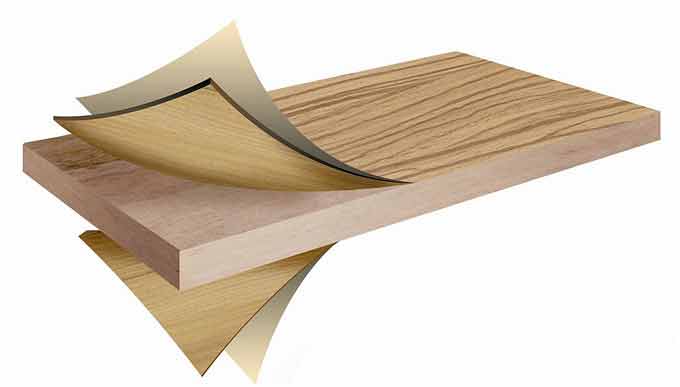
MDF (Medium Density Fiberboard) and HDF (High-Density Fiberboard) are incredibly popular choices for cabinet doors, especially in modern kitchens. These materials offer a smooth, flat surface that is ideal for applying high-gloss finishes or painted surfaces. MDF is made from compressed wood fibers and resin, which gives it a denser, smoother finish than plywood. However, MDF has a major weakness: it can swell and lose its shape if exposed to water, so it’s best to choose MDF when your cabinets are covered in a durable, water-resistant finish, like thermofoil or laminate. HDF, on the other hand, is denser and stronger than MDF, making it a better option for high-impact areas, though still vulnerable to water damage unless sealed properly.
When Does Particleboard Make Financial Sense?
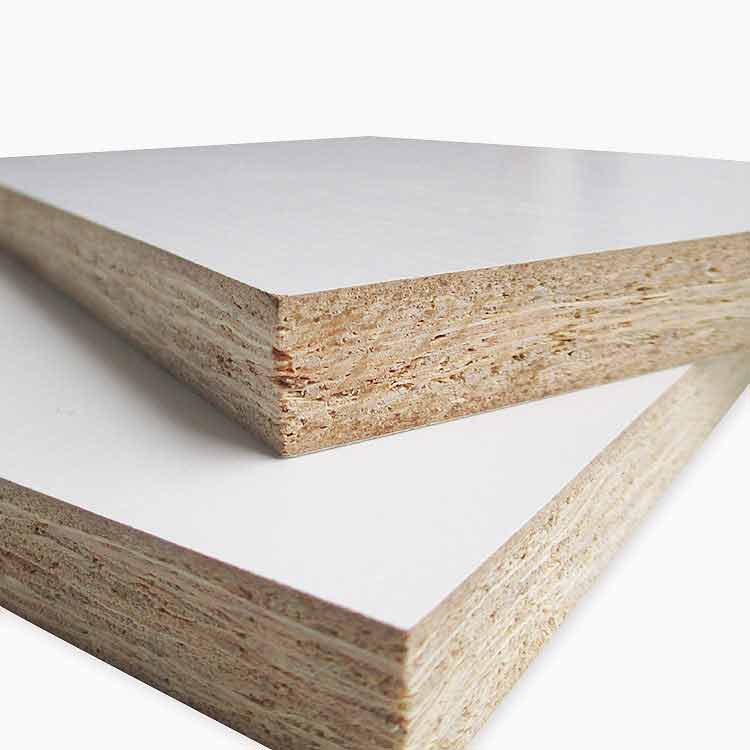
If you’re on a budget, particleboard can be an attractive option. Made by bonding together wood chips and resin, it’s a much cheaper material than plywood or solid wood. It’s an excellent choice for cabinet boxes that won’t face heavy loads, like pantry cabinets or storage closets. However, particleboard’s lower strength means that it’s not ideal for areas exposed to moisture or weight-bearing stress. That said, particleboard cabinets with melamine finishes can still be durable and functional. In fact, recent cost studies show that particleboard cabinets are 30-50% cheaper than plywood cabinets. It’s a cost-effective solution for kitchen remodels or rental properties, but make sure to look for CARB P2 or EPA TSCA Title VI certifications to ensure low formaldehyde emissions for indoor air quality.
Are Laminate Finishes Truly Scratch-Proof?
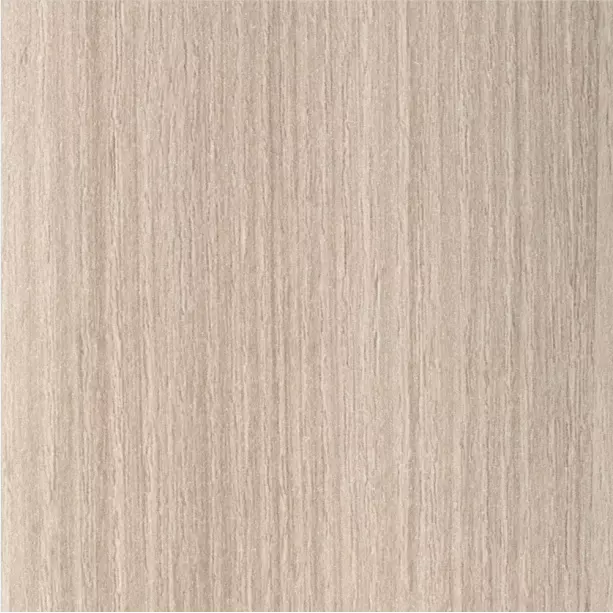
When it comes to durability, laminate finishes are hard to beat—especially HPL (high-pressure laminate). HPL is created by layering sheets of decorative paper and resin under high pressure, resulting in a thick, durable surface that resists stains, scratches, and heat. If you’re looking for a material that can stand up to heavy traffic and frequent use, laminate is an excellent choice. It’s also highly customizable, available in a wide range of colors and textures, from matte to high-gloss finishes. However, while HPL is incredibly durable, it’s more expensive than traditional laminate, so it’s not always necessary unless you’re aiming for a commercial-grade kitchen.
Melamine, on the other hand, is a more budget-friendly option that’s still quite durable but isn’t as resilient as HPL. Melamine cabinets can scratch more easily, and over time, the finish may start to chip on sharp corners. For better performance, consider laminating the edges with laser-fused ABS or PVC, which can protect against moisture and damage.
Do Stainless-Steel Cabinets Belong in Residential Kitchens?
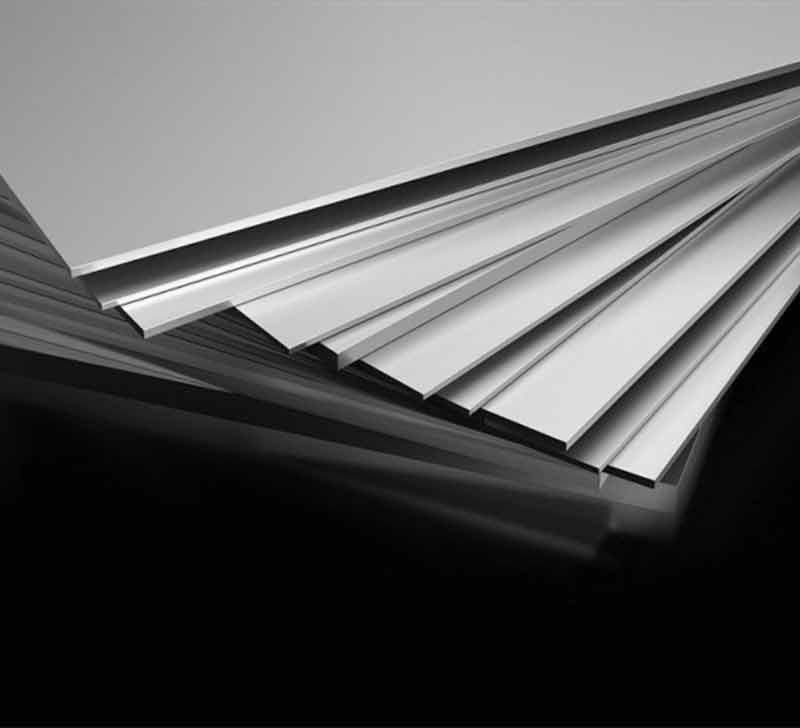
Stainless steel is often associated with industrial or commercial kitchens, but it’s making its way into residential designs, especially for modern, minimalist looks. The sleek, reflective surface of stainless-steel cabinets gives kitchens an ultra-contemporary feel, and the material itself is incredibly durable. It’s resistant to stains, bacteria, and heat, making it perfect for areas where hygiene is a concern, like next to the stove or sink. The downside? Stainless steel shows every fingerprint and scratch. The material can also be very expensive, with full stainless-steel cabinets costing 120-150% more than painted MDF options. However, if you’re willing to invest in the look and maintenance, stainless steel can bring a polished, high-end finish to your kitchen.
Where Do Aluminum and Glass Hybrids Excel?

Aluminum and glass cabinets offer a sleek, modern alternative to traditional wood. Aluminum is lightweight, durable, and won’t rust, making it ideal for high-humidity areas or outdoor kitchens. In fact, aluminum is commonly used in kitchens by the beach, where saltwater air could quickly degrade wood. The combination of aluminum frames with glass inserts creates a visually striking, contemporary look. The glass can be frosted, clear, or tinted to match your design, offering a soft contrast to the metallic finish. Although aluminum is a bit more expensive than some other materials, it’s perfect for those seeking a modern aesthetic and long-lasting durability, especially in coastal climates or commercial applications.
Is PVC or WPC the Ultimate Solution for Moisture?
PVC (polyvinyl chloride) and WPC (wood-plastic composite) are relatively new materials that have gained popularity due to their ability to withstand moisture without warping or swelling. WPC combines wood fibers and plastic to create a sturdy, waterproof material that’s perfect for areas like kitchens near the sink or bathrooms. PVC-wrapped cabinets are also an excellent option in basements or other damp environments. These materials offer all the benefits of water resistance without the risk of swelling or cracking that can happen with wood-based materials like MDF or particleboard. However, UV exposure can cause PVC to fade over time, so it’s best to use these materials in shaded areas.
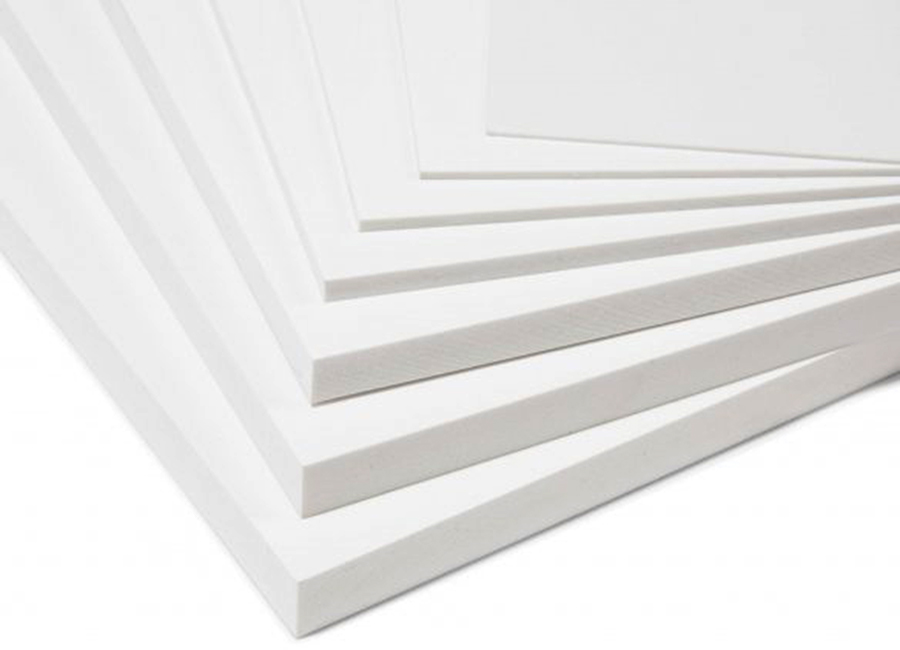
What are the Pros and Cons of different kitchen cabinet materials?
| Material | Durability | Water Resistance | Cost | Best For | Drawbacks |
|---|---|---|---|---|---|
| Solid Wood | High | Low | High | Traditional, luxury kitchens | Expands/contracts with humidity |
| Plywood | High | Moderate | Moderate | High-traffic areas, moisture-prone areas | Can warp with improper sealing |
| MDF | Moderate | Low | Low | Painted finishes, modern designs | Swells when exposed to moisture |
| Particleboard | Low | Low | Very Low | Budget-friendly, low-traffic areas | Weakens with moisture, not durable |
| HPL Laminate | High | High | Moderate to High | Commercial kitchens, modern designs | Can be scratched by sharp objects |
| Stainless Steel | Very High | High | Very High | Modern, commercial kitchens | Shows fingerprints, expensive |
| Aluminum & Glass | High | Very High | High | Modern, coastal areas, commercial kitchens | Expensive, requires special finishes |
| PVC/WPC | Moderate to High | Very High | Moderate to Low | Moisture-prone areas, basements, bathrooms | Can fade in UV exposure, less rigid |
How Do You Pick the Best Cabinet Material in Five Quick Steps?
Consider the Use: If you’re remodeling a high-traffic kitchen, prioritize durability and easy maintenance (e.g., plywood or HPL).
Set a Budget: Stick to a realistic price range based on material options. Solid wood is gorgeous, but plywood offers almost the same strength for a fraction of the cost.
Assess Moisture Risk: Avoid particleboard or MDF for wet areas—choose PVC, WPC, or HDF for water-resistance.
Think About the Finish: Whether you love sleek and modern or rustic and natural, make sure the finish you choose matches the material’s strengths (e.g., matte finishes on MDF, high-gloss on plywood).
Evaluate Long-Term Durability: Opt for materials that will hold up under wear and tear, such as plywood, stainless steel, or HPL. Cabinets are an investment—choose wisely.
Consider your current storage capacity and the amount required for your new cabinets. You must consider the amount required for the lower and upper cabinets. Be sure to consider your needs before selecting a product.
Conclusion
Choosing the right cabinet material isn’t about picking what’s trending—it’s about choosing what best fits your kitchen’s needs, your budget, and your lifestyle. Whether you’re investing in solid wood for a timeless look, opting for moisture-resistant WPC for a high-humidity area, or going with sleek stainless steel for a modern edge, there’s a perfect material for every style and function. Keep in mind the practicalities like cost, maintenance, and longevity, and you’ll have cabinets that not only look great but perform beautifully for years to come.
FAQs
Plywood and solid wood are generally considered the most durable materials for kitchen cabinets. Plywood’s cross-laminated construction makes it highly resistant to warping and provides excellent stability. Solid wood offers timeless beauty and can be refinished, but it may be prone to expansion and contraction with humidity. For high-traffic kitchens, plywood is often the best choice due to its strength and long-lasting nature.
Yes, MDF (Medium Density Fiberboard) is commonly used for kitchen cabinet doors, especially for painted finishes. MDF offers a smooth, even surface that is ideal for modern, sleek designs. However, it is vulnerable to water damage, so it’s important to use a protective coating and ensure proper sealing. For high-moisture areas, HDF (High-Density Fiberboard) or more moisture-resistant materials may be a better option.
For kitchens or bathrooms with high humidity, moisture-resistant materials like plywood, aluminum, WPC (wood-plastic composite), or PVC are ideal. These materials are less likely to warp, swell, or degrade when exposed to moisture. Avoid using particleboard or MDF in humid conditions, as they can absorb water and lose their structural integrity. Aluminum or PVC-wrapped cabinets are particularly suitable for areas near sinks or in coastal climates.
